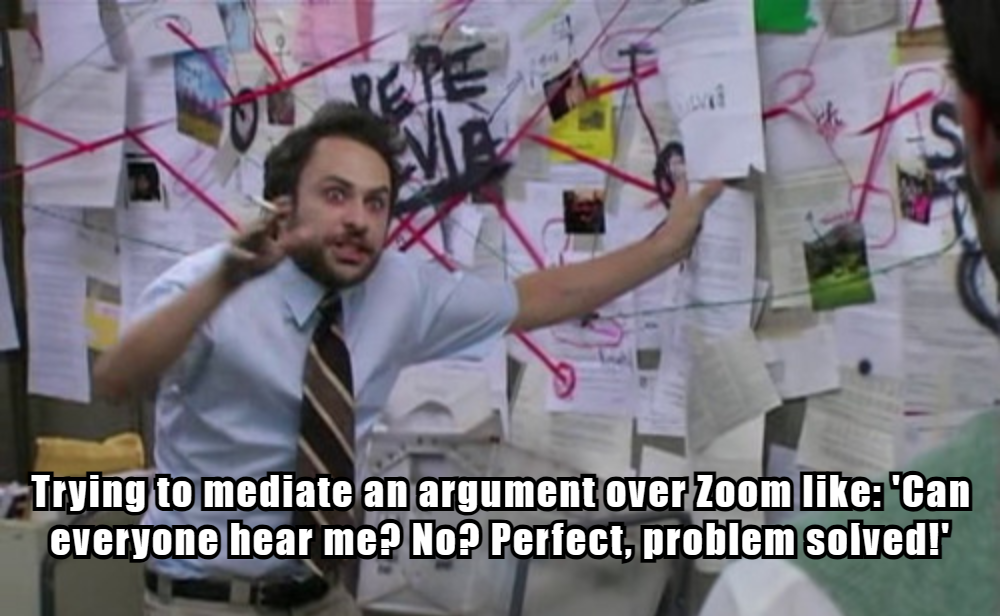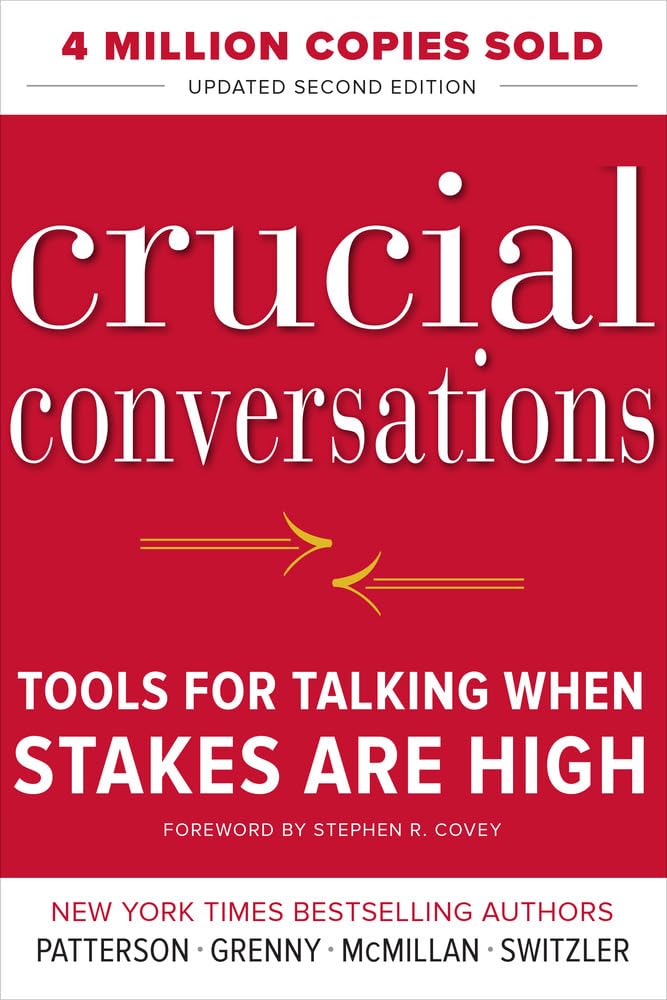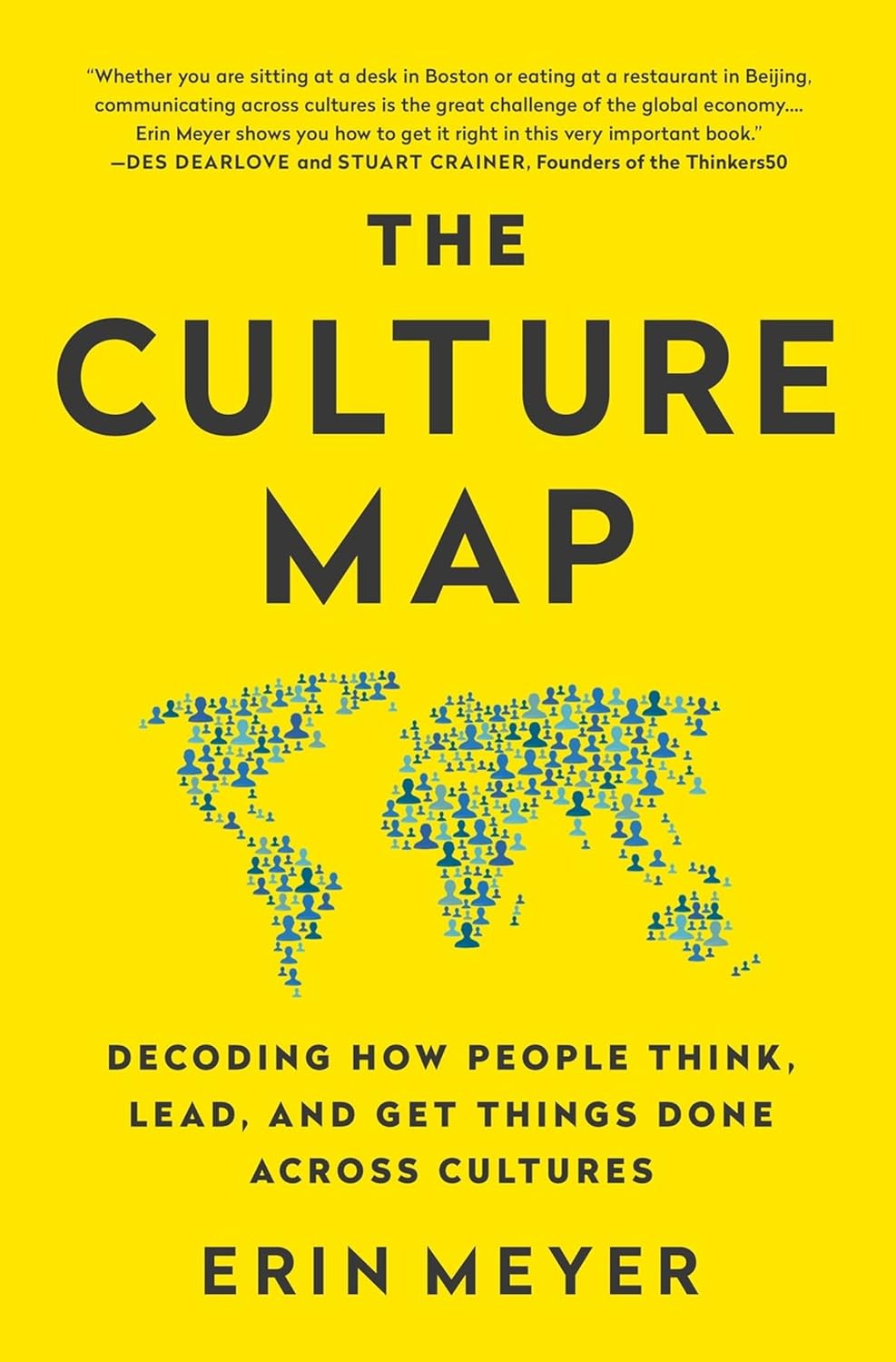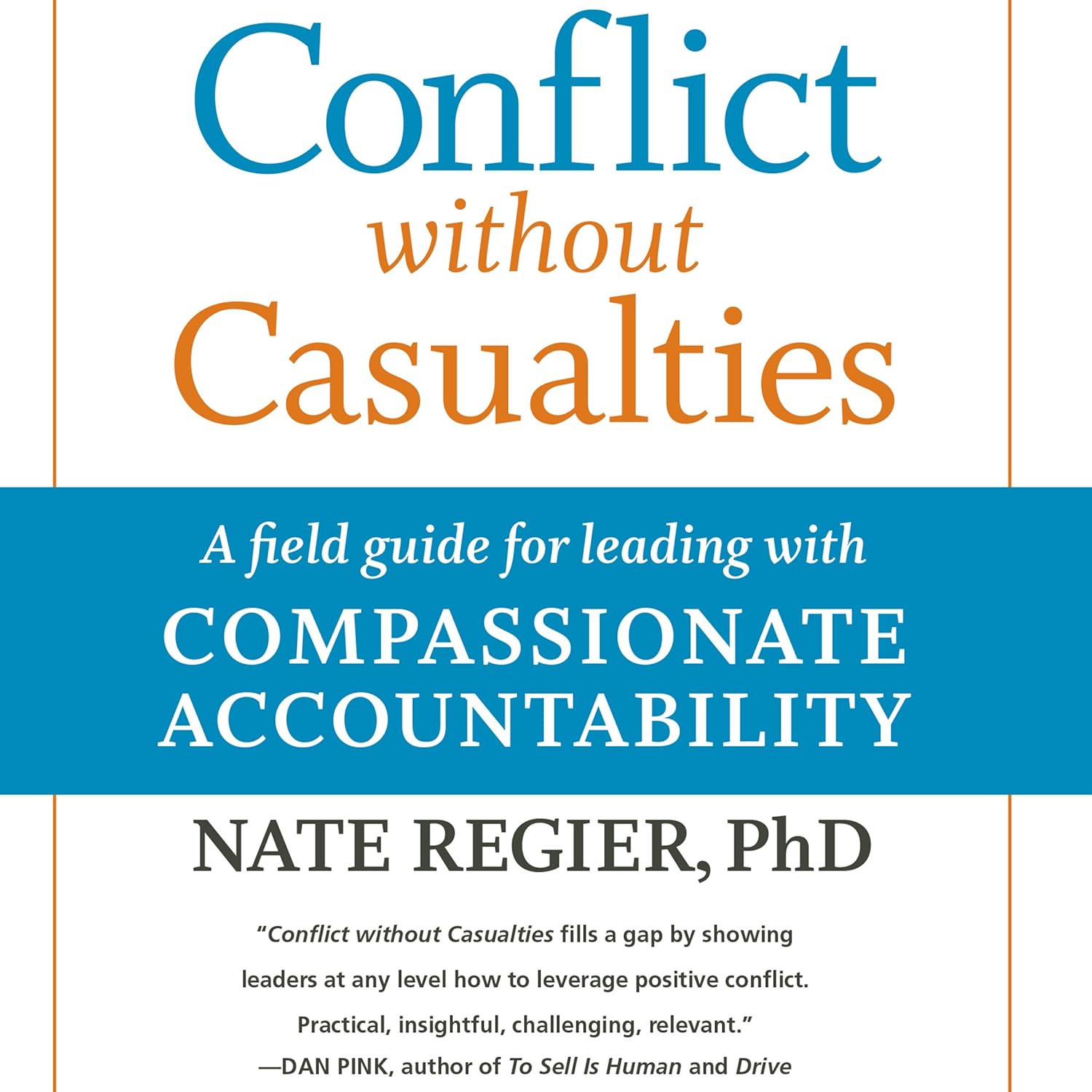Remote work is becoming increasingly popular, offering the desired flexibility but also bringing unique challenges. This article explores practical strategies to enhance productivity, maintain work-life balance, and strengthen team connections. Key takeaways
Effective conflict management strategies for remote teams
When colleagues are spread across cities and time zones, and communication happens through screens, misunderstandings are almost inevitable. In this article, you’ll learn how to identify and resolve conflicts in distributed teams, fostering a culture of trust, mutual respect, and productive collaboration.
Key takeaways
Conflicts are prevented through clear rules, trust, and cultural awareness
Conflicts are resolved through video calls, with neutral mediators, focusing on solution-finding
After conflicts, gather feedback for effective online communication
Conflict triggers
To effectively solve problems, it's important to understand their origins. In virtual environments, conflicts often arise from these causes:
- Poor Communication. The absence of non-verbal cues, reliance on text messages, time zone differences, and unclear instructions easily lead to misunderstandings and misinterpretations. Messages that seem clear to the sender may be perceived entirely differently by the recipient.
- Cultural Differences. In multicultural remote teams, behavioral norms, communication styles, attitudes toward hierarchy, and feedback approaches can vary significantly. What's considered normal in one culture may be perceived as rudeness or aggression in another.
- Blurred Roles. Unclear distribution of responsibilities and areas of accountability can lead to work duplication, oversights, and disputes about who's responsible for what.
- Lack of Trust. In remote environments, it's harder to establish personal connections, which can hinder trust-building. Lack of trust often leads to suspicion, reluctance to share information, and escalation of disagreements.
- Different Work Processes. Each employee may have their own approach to organizing work. When these approaches aren't aligned, friction occurs, especially during collaborative tasks.
- Personality Clashes. As in any team, personal likes and dislikes can arise in remote work too, but they're harder to notice and address without physical presence.
Identifying conflicts
In remote environments, conflicts often develop unnoticed. It's important to actively look for signs of brewing problems:
- Decreased Chat Activity. If a previously active team member suddenly goes quiet, this could be a warning sign.
- Ignoring Messages. When messages remain unanswered longer than usual, or communication becomes formal and brief.
- Rising Tension. Noticeable tone changes in correspondence, use of caps lock, sarcasm, or passive-aggressive statements.
- Declining Work Quality. Decreased productivity or quality of results from individual employees or the entire team may be a consequence of hidden conflict.
- Complaints or Rumors. If someone on the team reports problems or you hear informal complaints.
Before conflicts arise
The best conflict resolution in remote teams is prevention. Creating conditions that minimize the risk of disputes is critically important.
Clear Rules
Develop and establish rules for team behavior and communication. This includes:
- Communication Channels: Which platforms are used for what purposes (chat for quick questions, email for official requests, video for discussions).
- Response Time: Expected reaction time to messages.
- Communication Tone: Guidelines for message format, avoiding aggression.
- Dispute Resolution: Procedure for addressing disagreements when they arise.
Transparency
Maximum openness about goals, tasks, roles, and project progress reduces grounds for misunderstandings. Use shared task boards (Jira, Trello), knowledge bases (Confluence), and shared calendars. When everyone knows who's doing what and what the common goals are, the likelihood of conflicts due to ambiguity decreases.
Cultural Literacy
Actively promote understanding of cultural differences. Hold short sessions where team members share features of their culture. This includes:
- Direct vs. indirect communication patterns
- Importance of hierarchy
- Attitudes toward deadlines
This helps avoid unintentional offense and improves effective online communication.
Building Trust
Organize informal interaction:
- Virtual Coffee Breaks: Short, optional meetings without an agenda.
- Games: Online games, quizzes so the team can relax and get to know each other.
- Personal Updates: Encourage sharing small personal news at the beginning of meetings.
Trust is the foundation for strengthening collaboration in remote teams.
During conflicts
When conflict has already developed, you need to act quickly and tactfully.

Early Intervention. Don't wait for the problem to escalate. The earlier conflict is noticed, the easier dispute resolution becomes in remote work. Proactively reach out to parties if you notice signs of tension.
Choose the right channel. For serious conflicts, text (chat, email) is a poor choice. Choose video calls or, if possible, phone conversations.
Visual and voice contact allows reading emotions and non-verbal signals, which is critically important for resolving conflicts in remote teams.
Mediator position. If you're a manager or team member taking on the mediator role:
Active Listening: Let each side speak without interruption. Make sure you understand their perspective using questions and paraphrasing.
- Stay Neutral: Avoid bias, focus on facts and behavior, not personalities.
- Focus on the Problem: Shift attention from emotions to the actual problem that caused the conflict.
- Find Common Ground: Remind parties of their shared goals and how the conflict hinders achieving them.
Focus on solutions. After each side has been heard, move to finding solutions:
- Brainstorming: Suggest parties work together to generate possible solutions.
- Compromise: Look for options that consider both sides' interests.
- Commitments: Get clear commitments to implement agreed solutions and set deadlines.
After conflicts
Resolving conflict is only half the battle. It's important to ensure it doesn't recur and the team learns from it.
- Monitoring. Periodically check how things are going with the parties involved in the conflict. Make sure agreements are being followed and tension isn't returning.
- Feedback. Ask conflict participants to provide feedback on the resolution process. What was done well? What could be improved next time? This helps develop communication strategies for virtual teams.
- Lessons Learned. Use each conflict as a learning opportunity. Analyze why it occurred and what factors contributed to its development. Perhaps processes need changing, roles need redistributing, or additional training is needed. This contributes to strengthening collaboration in remote teams.
Interesting fact 
According to CPP research, 85% of employees face workplace conflicts, and unresolved conflicts lead to losing more than 2.8 hours of work time per week per person, equivalent to $359 billion annually in productivity losses in the US alone.
Related articles:
Learn to balance work and leisure with our article on What is a workation? A complete guide to working while traveling.
To stay productive and focused at work, check out Positive reinforcement in task management to boost team productivity.
Set your employees up for success with Remote onboarding tips for success.
Conclusion
Conflict management in remote teams is about actively creating an environment where conflicts are minimized and disagreements are resolved constructively. By applying these recommendations, you can build strong, trust-based relationships that form the foundation for long-term and effective online communication.
Recommended reading 

“Crucial Conversations: Tools for Talking When Stakes Are High”
This book teaches how to conduct difficult conversations and resolve conflicts without escalation, even in remote environments.
On Amazon
“The Culture Map: Breaking Through the Invisible Boundaries of Global Business”
Opens your eyes to communication differences between cultures and helps avoid misunderstandings in international teams.
On Amazon
“Conflict Without Casualties: A Field Guide for Leading with Compassionate Accountability”
Offers a model for constructively resolving conflicts without destroying relationships, while strengthening the team.
On Amazon






